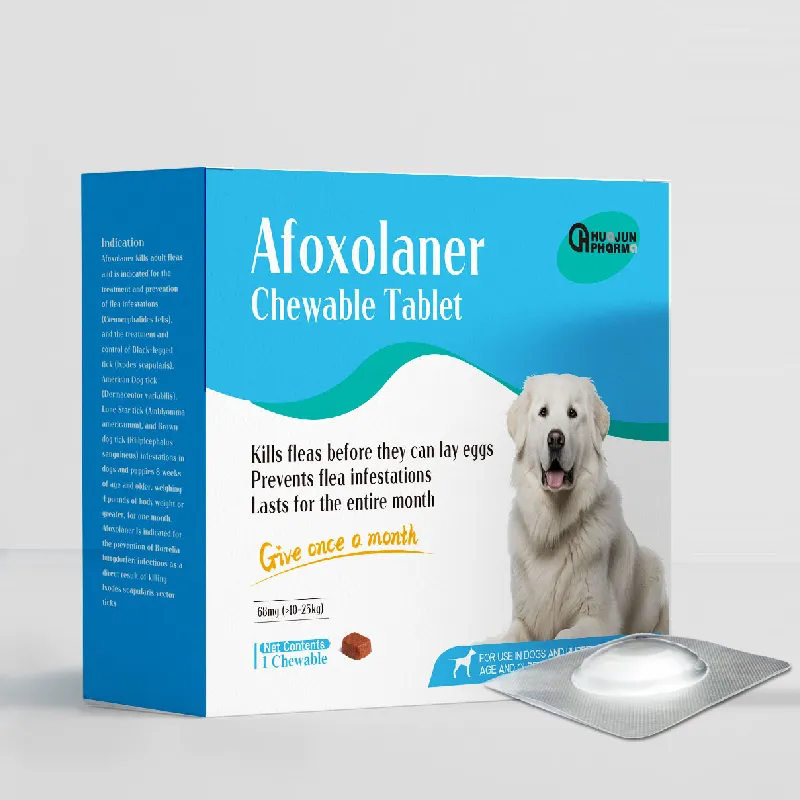
Aug . 13, 2024 04:42 Back to list
Exploring the Use of Ivermectin Pour-On Treatment for Goats in China and Its Benefits
Ivermectin Pour-On for Goats An Overview
Ivermectin has gained widespread recognition as a powerful antiparasitic agent in veterinary medicine. Particularly in goat farming, the use of Ivermectin pour-on formulations has become increasingly popular due to their effectiveness and ease of administration. This article aims to provide a comprehensive overview of Ivermectin pour-on solutions for goats, focusing on their benefits, application, and considerations for farmers.
Understanding Ivermectin
Ivermectin is a member of the macrocyclic lactone class of drugs, known for its broad-spectrum antiparasitic properties. It works by binding to glutamate-gated chloride channels in the nerve and muscle cells of various parasites, leading to paralysis and death. This mechanism makes Ivermectin effective against a wide range of internal and external parasites, including worms, mites, and ticks, which pose significant health threats to goats.
Benefits of Pour-On Formulations
The pour-on formulation of Ivermectin offers several advantages over traditional oral or injectable forms. Firstly, pour-on treatments are easier to administer, requiring only the application of the solution along the goat's back. This method minimizes stress for both the animals and the handler, making it a preferred choice for many farmers. Additionally, pour-on formulations reduce the risk of overdosage, as the product is absorbed through the skin and delivered directly into the bloodstream.
Another significant benefit is the extended duration of efficacy. Ivermectin pour-on solutions often provide prolonged protection against parasites, requiring fewer treatments throughout the grazing season. This can lead to cost savings for farmers and a more efficient management of their herds.
Application Guidelines
china ivermectin pour-on for goats

Proper application of Ivermectin pour-on products is crucial for maximizing their effectiveness. Farmers should follow the manufacturer's instructions regarding dosage based on the goat's weight. A common practice is to apply the solution along the top line of the animal, starting from the neck to the base of the tail. It is important to ensure that the product is evenly distributed and not applied in windy conditions, which could cause loss of the solution before it is absorbed.
Additionally, farmers should consider the timing of applications. Treating goats during the peak of parasite infestation or before stress periods, such as weaning or transportation, can enhance the efficacy of Ivermectin.
Considerations and Precautions
While Ivermectin is generally safe for goats, there are important considerations to keep in mind. Farmers should always consult with a veterinarian or livestock specialist before initiating any treatment regimen. This is especially vital for pregnant or lactating goats, as certain dosages may not be appropriate.
Furthermore, some parasites have developed resistance to Ivermectin over time. To mitigate this risk, it is advisable for farmers to implement integrated parasite management strategies, including rotational grazing, regular fecal testing, and alternating deworming agents.
Conclusion
Ivermectin pour-on formulations have become an essential tool in the management of parasitic infections in goats. Their ease of use, effectiveness, and extended protection make them a practical choice for livestock producers. However, it is crucial for farmers to apply these treatments judiciously and in conjunction with good management practices to ensure the health and productivity of their herds. By staying informed and working closely with veterinary professionals, goat farmers can make the most of Ivermectin pour-on solutions and contribute to the overall welfare of their animals.
-
Premium China Bacillus Subtilis Supplier & Factory Solutions
NewsJul.30,2025
-
Premium Avermectin Supplier in China | Custom Solutions Available
NewsJul.29,2025
-
China Bacillus Subtilis Supplier - Custom Factory Solutions
NewsJul.29,2025
-
China Salivation: Leading Custom Salivation Supplier & Factory Solutions
NewsJul.29,2025
-
Leading Lincomycin Hydrochloride Manufacturer & Supplier with High Purity
NewsJul.29,2025
-
Bio-Enzyme Yogurt Growth Promoter Factory - Top Quality Manufacturer & Supplier
NewsJul.28,2025




